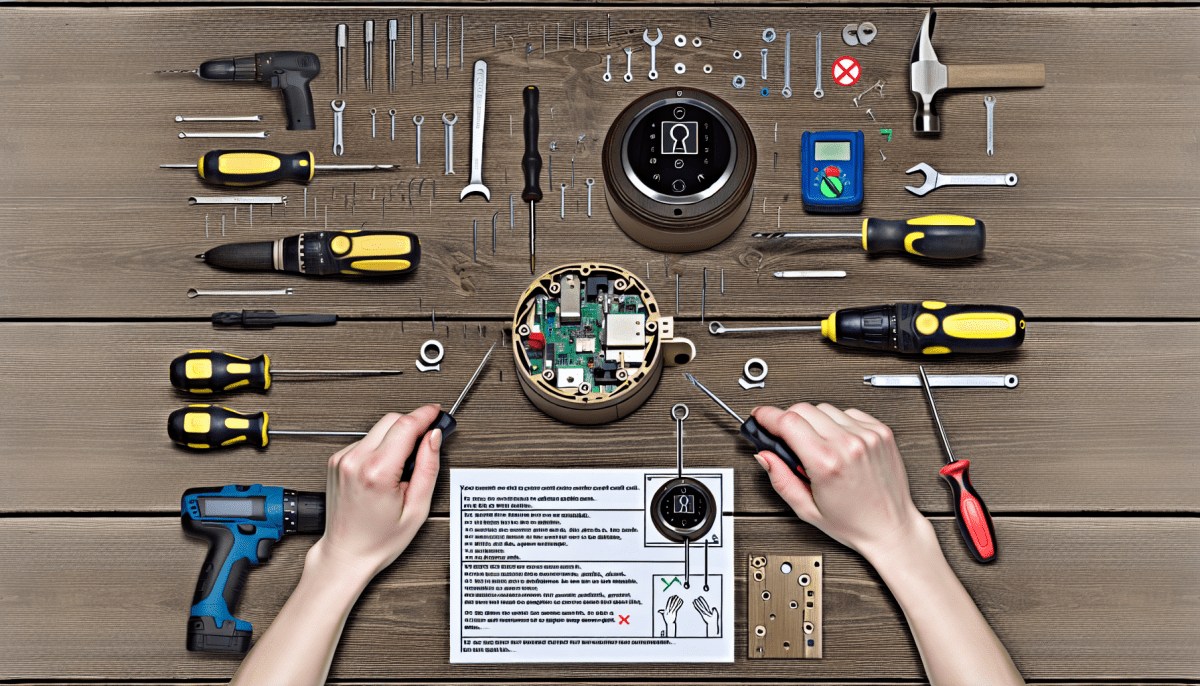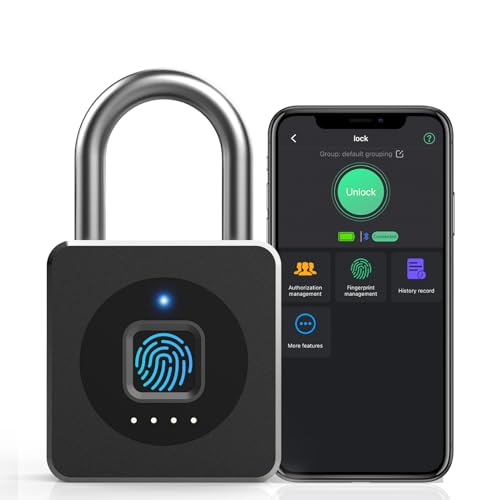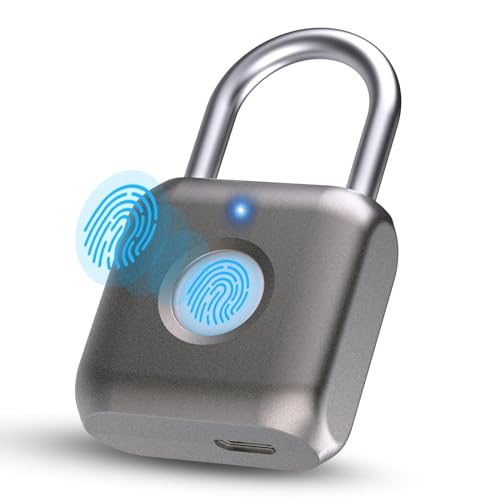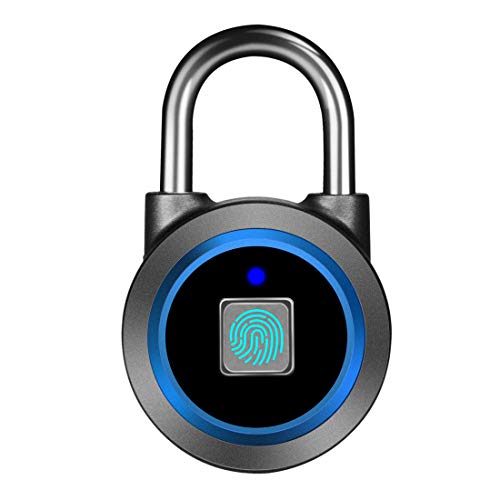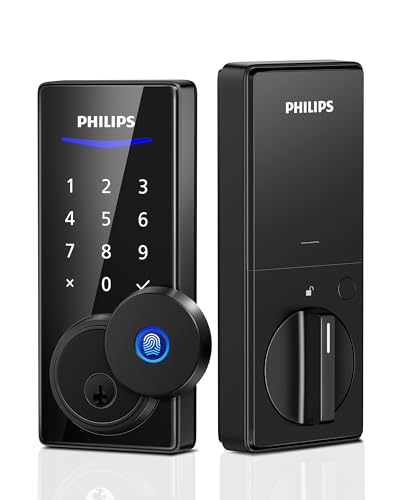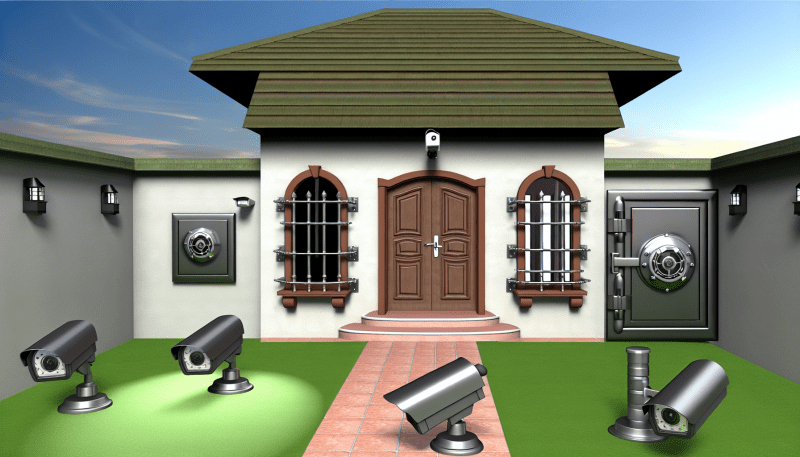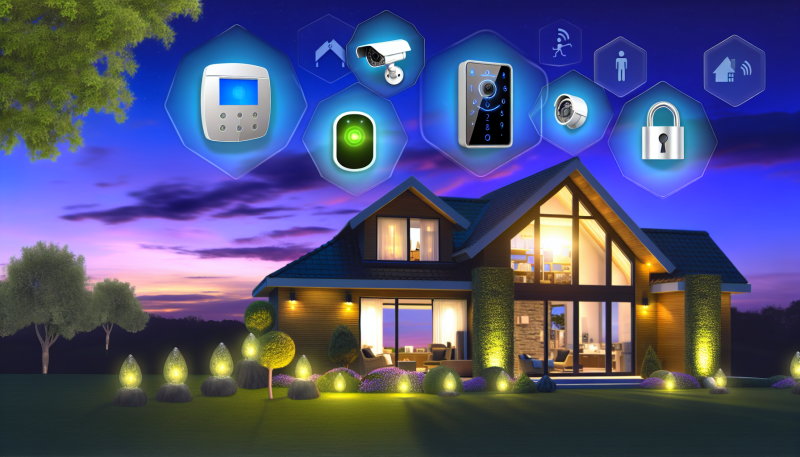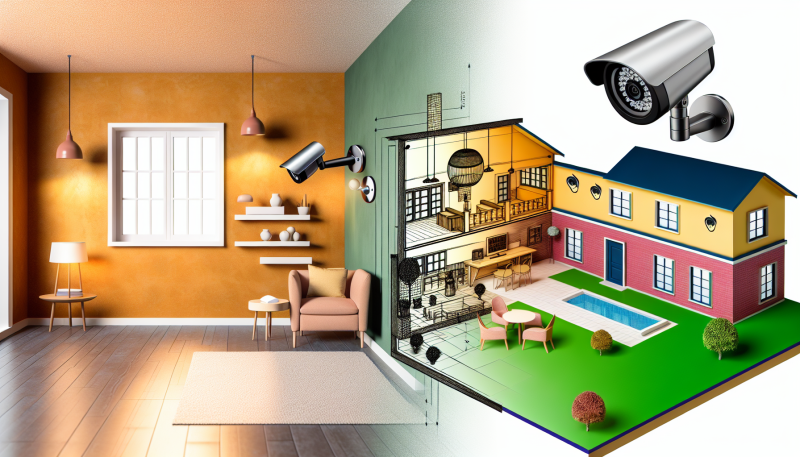Ready to upgrade your home security with a DIY smart lock installation? Here are the tools you'll need to get the job done:
Step-by-Step Instructions
1. Gather your tools and materials: Before starting the DIY smart lock installation process, make sure you have all the necessary tools and materials handy. This typically includes a screwdriver, a drill, screws, and of course, the smart lock kit itself. Double-check the contents of the kit to ensure you have everything you need.
2. Remove the existing lock: Start by removing the existing lock on your door using a screwdriver. Once the old lock is removed, clean the area around the hole to ensure a smooth installation process for the DIY smart lock.
3. Install the smart lock: Follow the manufacturer's instructions to install the smart lock on your door. This usually involves attaching the mounting plate, inserting the batteries, and connecting the lock to your smartphone through a mobile app. Make sure to test the lock to ensure it is functioning properly before moving on to the next step.
4. Customize the settings: Once the DIY smart lock is installed, take some time to customize the settings to your preference. This may include setting up user codes, adjusting the auto-lock feature, and enabling remote access through the mobile app. Familiarize yourself with the smart lock's functionalities to fully utilize its features.
5. Test the smart lock: After customizing the settings, test the smart lock to ensure it is working correctly. Try locking and unlocking the door using the keypad and the mobile app to see if everything is functioning as expected. If you encounter any issues, refer to the manufacturer's instructions or seek help from customer support. Enjoy the added convenience and security that your new DIY smart lock provides.
Troubleshooting Tips
If you encounter any issues during your DIY smart lock installation, don't worry! Here are some troubleshooting tips to help you out.
1. Make sure the batteries are properly inserted and fully charged. Weak batteries can cause the smart lock to malfunction, so be sure to replace them if needed.
2. Double-check the compatibility of the smart lock with your door. Some locks are only designed to work with specific types of doors, so make sure you have the right fit for a smooth installation.
3. If the smart lock is not responding to commands from your smartphone or keypad, try resetting the device by following the manufacturer's instructions. This can often resolve connectivity issues.
4. If you are having trouble with the physical installation of the smart lock, refer to the instruction manual or online tutorials for guidance. It's important to follow the steps carefully to ensure proper functionality.
5. If all else fails, don't hesitate to reach out to customer support for assistance. They can provide additional troubleshooting steps or guide you through any issues you may be experiencing with your DIY smart lock.
Additional Smart Lock Features
One of the most convenient features of many DIY smart lock systems is the ability to create unique access codes for different users. This means that you can give temporary codes to guests or service workers, and even receive notifications when those codes are used. This feature can be especially useful for Airbnb hosts or homeowners who frequently have guests coming and going.
Another handy feature of DIY smart locks is the ability to control and monitor your lock remotely through a smartphone app. This means that you can lock or unlock your door from anywhere, as long as you have an internet connection. It's a great way to let in visitors while you're away, or to double-check that you locked the door after leaving the house.
Some DIY smart locks even have integrated cameras or video doorbells, allowing you to see who is at your door before deciding whether or not to unlock it. This can provide an extra layer of security and peace of mind, especially if you live in a high-crime neighborhood or have had issues with porch pirates in the past. Just be sure to check the privacy settings on your camera to ensure that your footage is secure.
